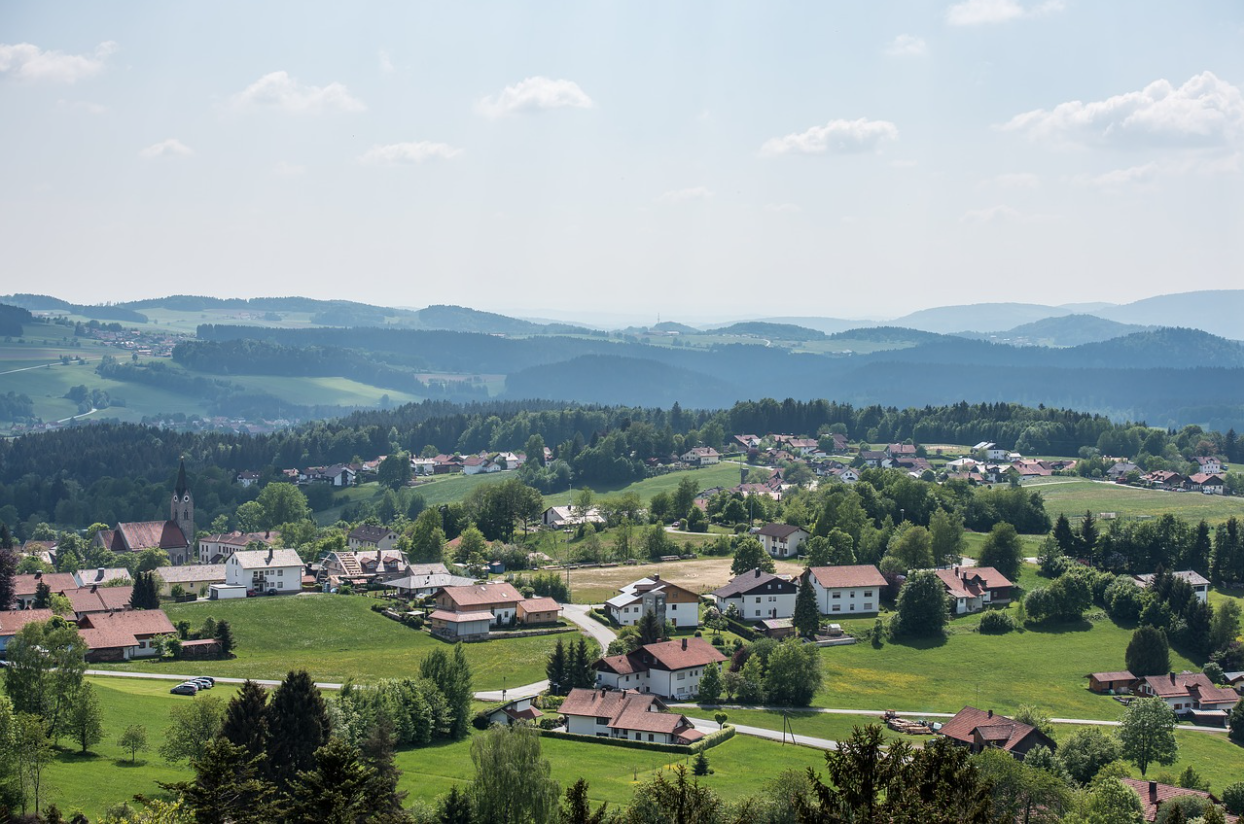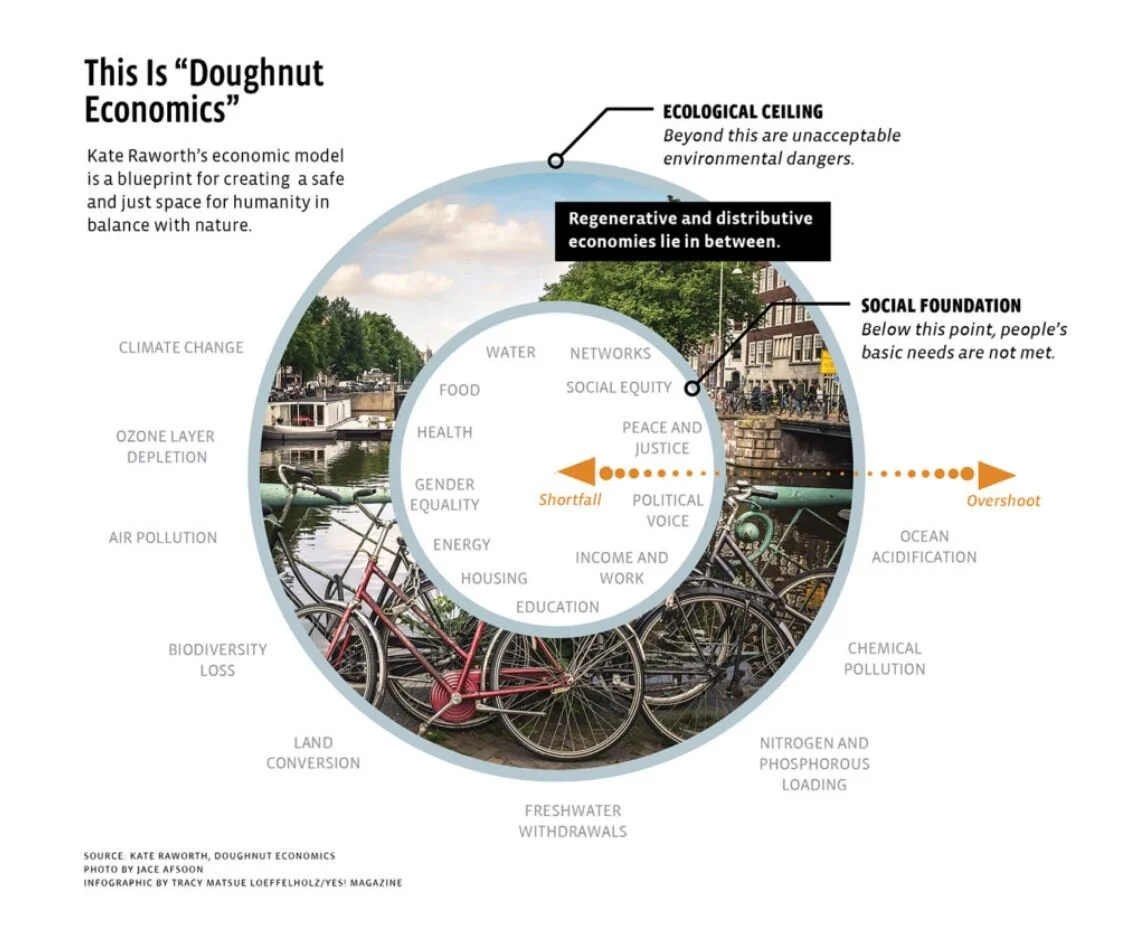
Welcome to the Climate Change, Environmental Health and
EcoFriendliness Priorities Blog
Welcome to the Climate Change and Environmental Priorities Blog
We know that humans across this generation and later generations literally depend on the physical parts of the earth, and that things like the number and intensity of climate change disasters, the effects of rising sea waters on cities all over the world, the sustainability of our resources, especially food resources, the health of our environmental surroundings, the way that animals are treated, and the fact that everything environmental is interdependent (i.e. the importance of biodiversity)… most of us have an intuitive sense that the environment matters, even if we’re not sure what to do about it.
However, have you ever tried to make sense of the environmental and climate change areas? You might notice that:
there are a huge number of areas (e.g. ecosystems, conservation, policy, finance, biology, sustainability, justice, natural resource management)- there are 50+ important areas
a large number of these areas are interdependent and mixed together, which can make priorities, methods and actions complicated
it can be challenging to get a good idea of what actions to prioritise both globally and individually
it can feel a bit like ‘what can I do’, especially in terms of how to balance individual environmental actions with the rest of your life.
Because of the complexity of this area, there are no simple answers, but the purpose of this blog is
to make it a lot easier to overview the 50+ environmental areas and their interdependencies, as well as
to choose priorities,
to create more clarification about solutions,
to find potential actions that can help globally and individually.
I will try to add 15 new solution stimulators each week to this page or the articles listed here.
Each month, globally and individually,
what climate change and environmental goals and actions should be prioritised?
Scroll down to the bottom of the page to get an overview of the various environmental areas or read our blog that goes into more depth.
1: Climate Change
Although there are a large number of environmental areas and tens of thousands of development goals, climate change is right near the very top of the list for not only environmental priorities but also for the full list of world development goals.
What is climate change? Climate change is the 100 worst problems caused by too much greenhouse gases in the air- e.g. carbon dioxide, methane, nitrous oxide, fluorinated gases, etc.
Remember that while carbon change is the largest greenhouse gas in quantity, other gases have much higher warming effects. For example, one type of fluorocarbon- chlorofluorocarbon- produces more than 10,000 times as much warming as carbon dioxide, although the others have a much smaller effect.
Climate change should be in the top 4 development goals globally and is the most important world development goal for most young people worldwide. Why is it such an important area? Because of the number of people it affects worldwide, because of the suffering caused by large increases in climate change disasters and because of the expenses for individuals, governments (taxes).
Because climate change is so important globally, it is a really good idea to put more than 50% of development resources in environmental areas into climate change, and the remaining environmental resources into the other environmental areas (made up of about 50 different areas).
While I work on climate change regularly in other areas, this blog is trying to get more clarification on the priorities in the other environmental goals and actions. At the same time, climate change is #1 by far- it is that important in the list of global priorities because of the number of people affected and the strength of financial and emotional effects.
Climate Change x Mental Health
When talking about climate change, it’s important to keep updating your best 7 or 8 mental health methods around this.
For example, the number one most important mental health factor is that we can’t control worldwide results, but we can control the time we allocate each week (e.g. 1-2 hours), the quantity and effectiveness level of %s and inputs (i.e. regular improvements), and we can control whether we influence a large number of people to do a bit each week to help with climate change.
What other mental health methods would you add to this list? For example, methods that protect you while still helping with the right level of global motivation required?
The other 50%: Environmental Science
Climate Change is one of the most important development areas worldwide (potentially number 2 or 3 out of a list of thousands of topics), and should definitely take up 50% of environmental work time.
However, this blog is about something different- it is about getting more understanding about the complex list of other environmental areas that might not be #2 on the list of world development areas, but are interesting and valuable in their own right.
As well as getting more clarity on what these are, this blog keeps approaching this question:
What understanding do we need to figure out the global and individual environmental actions (or goals) that need to be prioritised each month, in order from #1 to #20?
Again, remembering that climate change is right at the top of the list of global priorities- this blog is about everything else environmental
And remembering that prioritised environmental areas need to be slotted into the world’s overall list of development priorities. For example, the highest non-climate change areas might be at something similar to priority #10, #12, #20, #27, #28, #29, #30, #42 globally. However, they might be high priority or very high priority for local regions, but start at #10 for the 8 billion people globally.
But again, climate change is likely to be at #2 globally
Therefore, the list of the top 20 non-climate change priorities each month can be slotted into the world development priority list. However, more certainty with these will still help a lot and they definitely should not be neglected… we rely on environmental health to reach a large number of our local, country and global goals
And if you can only do a bit for #1 to #5, well- they’re the highest priorities.
New sections currently being developed.
Understanding Whys around Areas
1a Specific Environmental Information and Data: Coordination of information on the environment, Environmental monitoring, Environmental statistics
Why: To understand local and prioritised situations
1b Ecological literacy, Overall and Systems Science parts
Environmental ethics, Environmental studies, Environmental science, Environmental philosophy (e.g. Eco-capitalism, Animal rights, Deep ecology, Bright green environmentalism, etc), Environmental movement, Ecocriticism, Environmental issues, Conservation movement, Ecological genetics, Environmentalism, Global issue, Environmental protection, Ecology: https://en.wikipedia.org/wiki/Ecology
People’s history attached to environments, people’s memories attached to environments, people’s valuing of environments: At the same time environmental philosophy deals with the value human beings attach to different kinds of environmental experience, particularly how experiences in or close to non-human environments contrast with urban or industrialized experiences, and how this varies across cultures with close attention paid to indigenous people.
Sociological Science: Environmental racism, Environmental psychology, Ecological psychology, Ecological humanities, Environmental effects on physiology, Environmental history, Environmental sociology, Environmental archaeology
Why: To understand what to prioritise
Why: To understand how it causes problems throughout the network of environment areas
Why: To understand how it affects humans negatively
Why: To be more aware of our impacts on other groups. You could say- whose views are the most legitimate with this? Noise pollution affects quality of life a lot. Some environmental things have long term health consequences. Sustainability affects everyone. How do you figure out priorities? We know climate change is one of the most important development challenges affecting the world today. But what about other things?
2a The Environment and Animal Rights and Welfare: Animals are half-human (sentient, feeling beings), half-environment (don’t “work on” outputs like the rest of us) in a lot of people’s minds (or something like this)
Why: Animals- e.g. bees- affect the complex environment a lot
Why: Have you ever had a dog before? Or watched animals for a bit. I remember when an insect that looked exhausted was running and I put a bread crumb in front of it. It literally lied down in front of the bread crumb, didn’t eat it, and just stared at me for about half an hour until I picked up the bread crumb again. They’re sentient, feeling little beings. They should be treated with at least minimum standards.
2b Biodiversity, Conservation, Wildlife conservation, Wildlife management, Wildlife observation
Threats to wildlife, Habitat destruction, Overexploitation, Poaching, Culling, Pollution, Climate change, Species conservation, Wildlife population monitoring, Habitat conservation, Whaling, Conservation genetics, Conservation methods, Conservation biology, https://en.wikipedia.org/wiki/Conservation_biology, Endangered species
Why: We rely on some types of animals and plants for global food supply, and can’t afford to lost them
Why: Some animals are incredibly important to the complex ecosystems around them. For example, apparently bees and flies are foundational to ecosystem health of very large numbers of other types of plants and animals
Why: What do you think?
3 Sustainability science, Sustainability studies, Environmental Degradation, Environmental Soil Science
Why: Consideration of needs from the environment for the next 70 + 70 years
Why: Consideration of future generations; Consideration of the next 1000 years
Why: For soil science, this is to do with soil degradation and not being able to reuse it for food in the future
4 Potential risk areas like studying and predicting natural disasters: monitoring and predicting natural disasters strongly; studying how to predict them and prevent potential problems with them
Water systems: Oceanography, Hydrology
Geography and geology: Environmental geology, Environmental geography, Geomatics
Why: To help predict and prevent the effects of natural disasters
5 The Environment and Human health: Environmental toxicology, Waste management, Pollution, Pollutants
Why: These aren’t healthy for humans or animals
Why: These cause problems throughout the network of environmental areas
Read more: https://en.wikipedia.org/wiki/Outline_of_environmental_studies
Read more: https://en.wikipedia.org/wiki/List_of_environmental_issues
Overall Methods that apply to several or most of the areas:
(Format: Method: More specialized method topics; the overall method might also be a topic area)
1a Environmental Movements: Environmental movement, Environmental justice
1b Environmental organizations: Intergovernmental organizations, Global, Governmental agencies, International NGOs, Continental NGOs, Nation-wide NGOs, In-country NGOs
Why? How to figure out where the gaps are and how to fill these with movements and other methods like policies and other methods
Where are achievements not being reached fast enough?
2 Economic systems: Ecological economics, Environmental economics, Green economy
Why? Because these produce the longest-term results
2c Finance: Environmental finance, Carbon Credits
Why? This is one of the most high potential methods, as money= resources
3a Law: Environmental law
Why? Because these produce longer term results
3b Policy: Environmental policy
Why? Because these help with immediate results
What environmental goals & actions should be prioritised each month, in order from # 1 to # 10? What should be prioritised regionally and globally and why?
For example, the #2 goal of making sure that the quantity of food supply land is sustainable and doesn’t reduce is self explanatory- our planet can only support 10 billion people- if they are all vegetarians. So the #2 goal is making sure that farmland is farmed sustainably so we don’t reduce the figure from 10 billion. However, keep in mind that the extremely poor might not be able to afford to change so let’s focus our efforts on who can change to sustainable.
If #1 and #2 globally are climate change and sustainable farm lands for food supply, what do you think are the other 8 global environmental priorities? What about regionally or in your area?
And remembering that prioritised environmental areas need to be slotted into the world’s overall list of development priorities, some which might rank higher than these. However- climate change is the most important environmental AND development areas by far.
However don’t get stressed, because complex areas are solved % by %- sometimes even 1% by 1%, or even 0.1% by 0.1%, by large numbers of people who care- if you only do a bit, you are still helping to move things forward. And if you can do a 10% or 20%- or even better, a hardest part- this helps hugely and you are literally creating a legacy- you are creating what is most important globally.
5 Minute Overviews of Each Topic
What environmental goals and actions should be prioritised this month:
1- Regionally, 2- Globally, 3- In order from number 1-10?
And remembering that prioritised environmental areas need to be slotted into the world’s overall list of development priorities, some which might rank higher than these.
And if you can only do a bit for #1 to #5, well- they’re the highest priorities.
However- climate change is one of the most important areas by far.
4a Technology for directly reducing environmental problems: Renewable energy, Renewable resource, Environmental technology, Ecological engineering, Environmental engineering, Green computing, Aquatic and environmental engineering, Environmental chemistry
Why? Because these produce the longest-term results
4b Traditional environmental knowledge
Why? Not only is this “deep humanity”, our DNA, but it adds a lot of methods, as well as a lot of perspectives on how to broaden and deepen our understanding about our historical relationship with the environment; being more broad minded with what environmental care needs to grow to
4c Guidelines for other areas that could indirectly affect the environment: Green engineering, Environmental design (e.g. Environmental planning, Architecture, Building design, Construction science, Historic preservation, Landscape architecture, Urban planning).
4d Project Methods: Environmental management, Environmental monitoring, Environmental impact assessment
Why? What should different organisations do when dealing with the environment?
5 Efficiency of current resources: Waste minimisation, Energy conservation, Energy and environment, Energy and electricity, Sustainable food, Sustainable Fishing, Hunting
Why: Climate change is a large reason
Why: To be more aware of our impacts
Why: Because it causes climate change
Why: It might create other waste or problems
Why: So people can do this in a more ethical way
What climate change environmental goals and actions should be prioritised this month: 1- Regionally, 2- Globally, 3- In order from #1 - #10?
Areas of certainty so far include:
climate change (the number 1 goal)
%s to help sustain the sources of global food supply, because the world food supply can only support 10 billion people (e.g. sustainable land practices, soil quality, soil sustainability, persuading all people to have 2 or less children who reach 18- some areas have higher child mortality)
levels of standards for animal welfare- especially minimum levels of standards.
Other areas of high potential are things like tipping points and how large numbers of animals depend on certain species (like bees).
Therefore, how do we get clarity on what goals & actions need to be prioritised each month?
The Earth has continued for tens of thousands of years, and it should be fine if it takes another six months to figure out. But it needs to be done.




